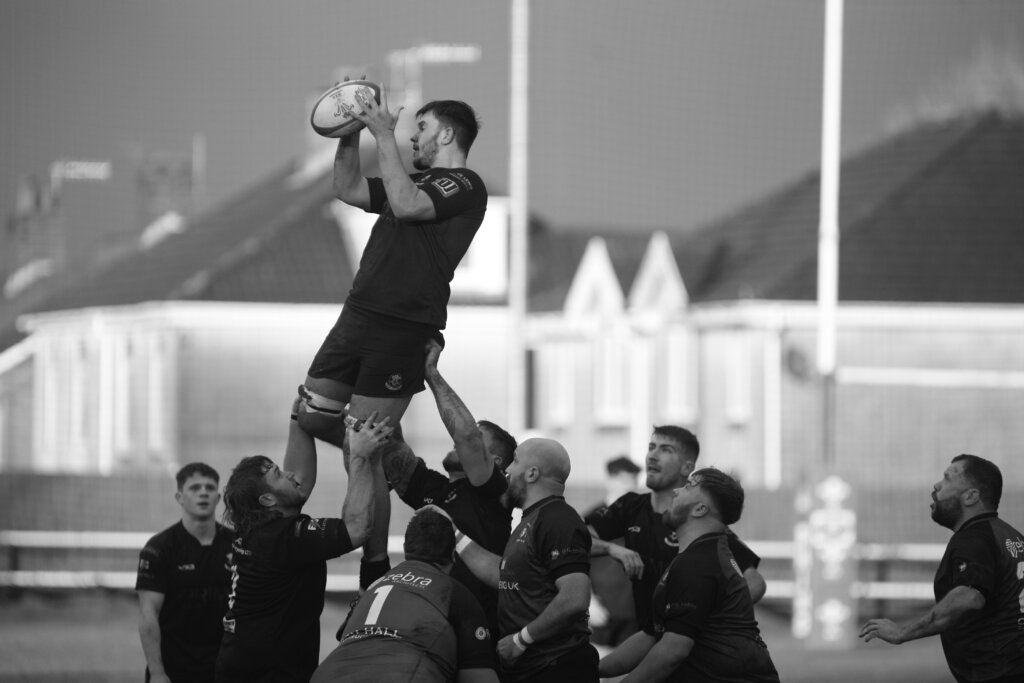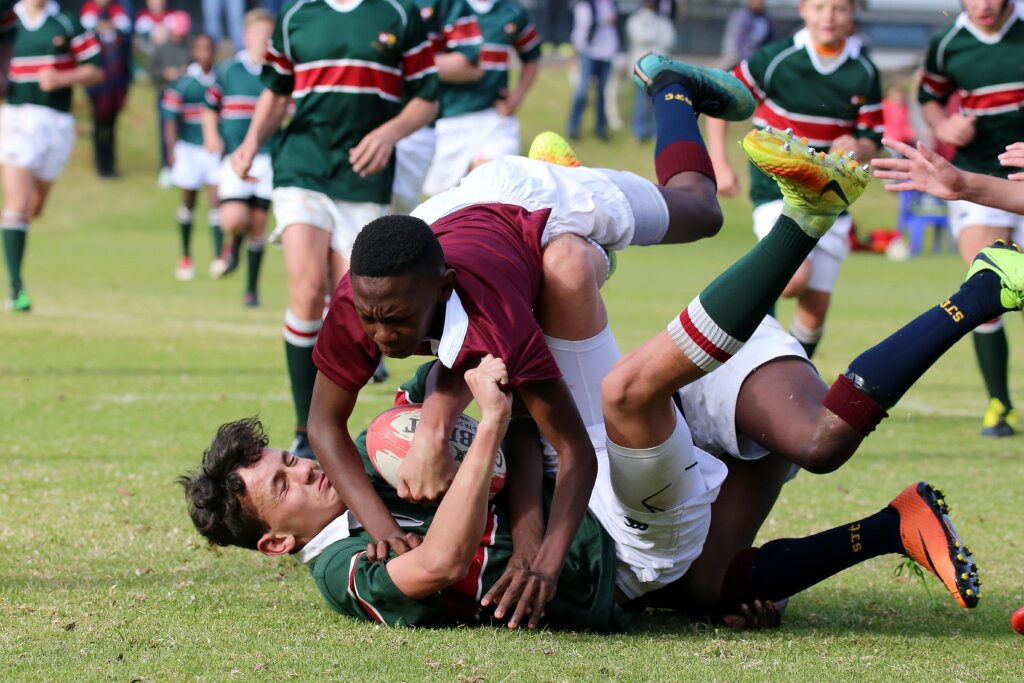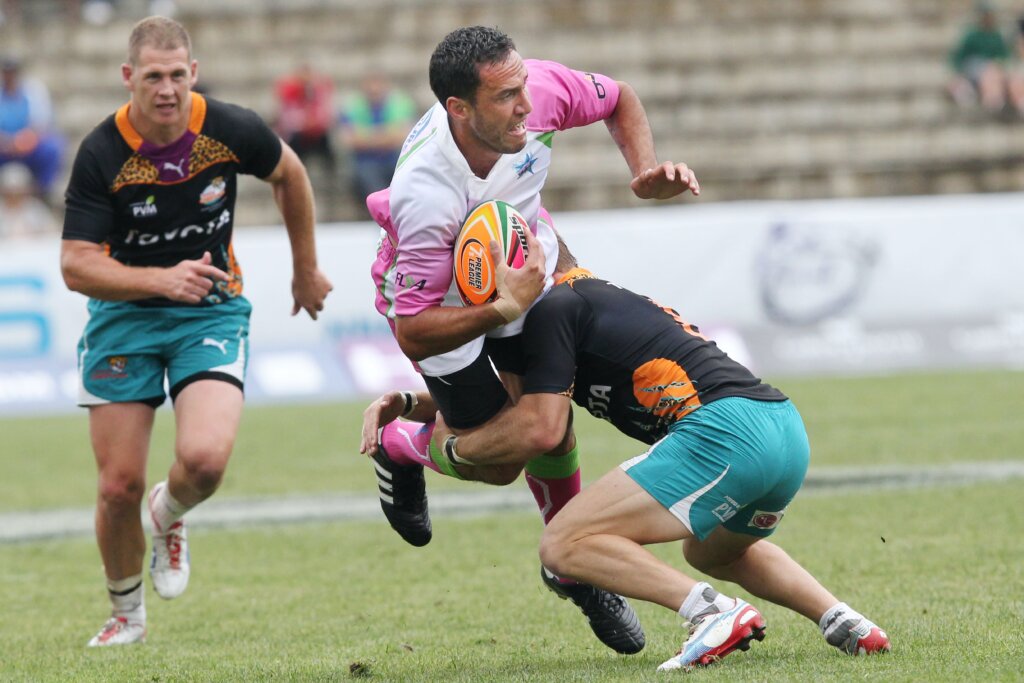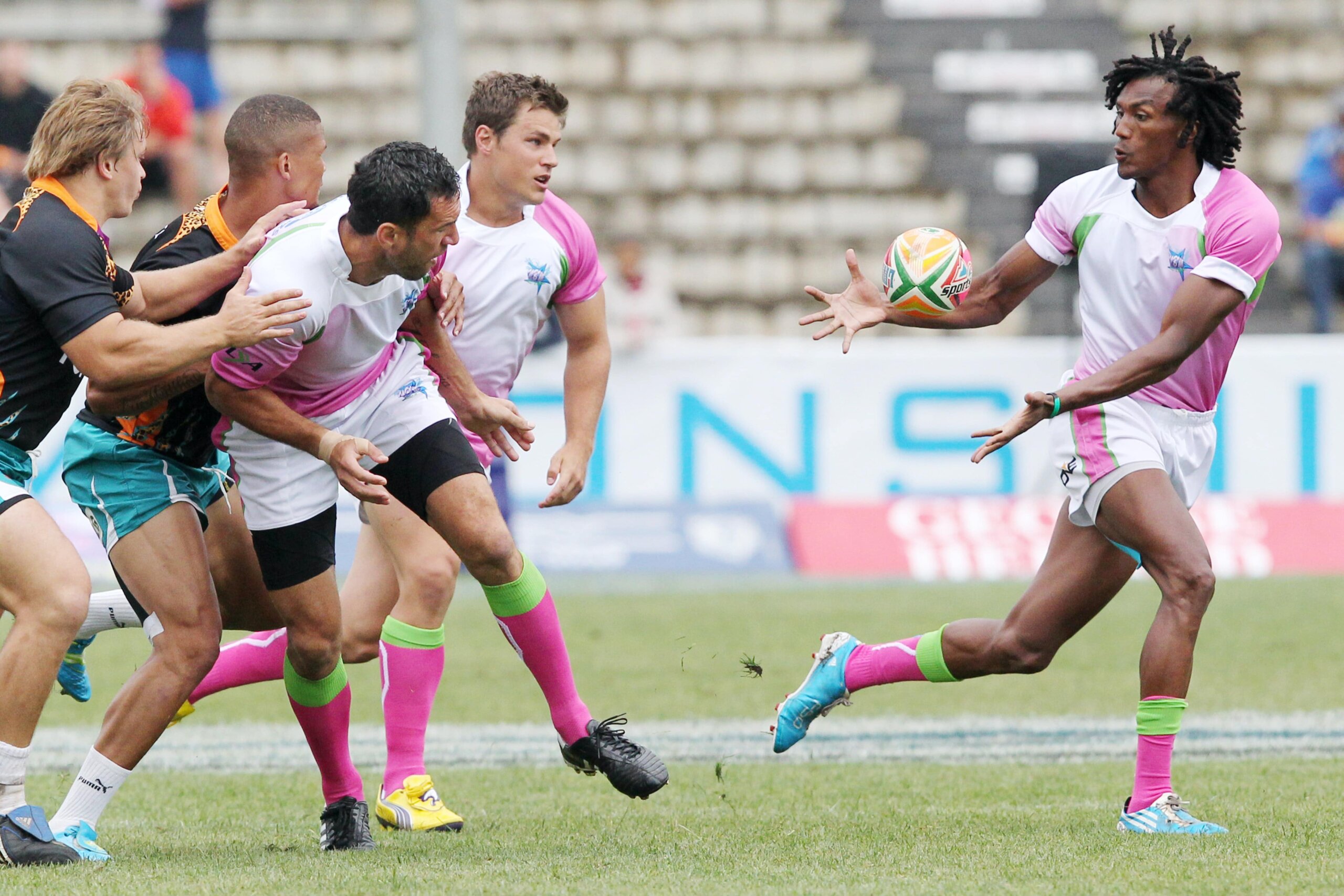Rugby League World Cup: History, Format, Hosts, and Records
History of the Rugby League World Cup
The Rugby League World Cup is an international tournament and is known as being the leading competition for rugby league.
The French were the main advocates for having this type of international rugby league tournament, originally proposing the idea in the 1930s. It was not approved by the International Rugby League Board (IRLB) until 1953. In 1954, the first Rugby League World Cup took place in France.
France, Australia, Great Britain, and New Zealand competed in the first Rugby League World Cup in 1954, and that year Great Britain won the competition.
Pre–1994: Original Round Robin World Cup
With just a couple of teams participating in the earlier years of the World Cup, the tournament had a Round Robin format, where every team played each other an equal amount of times.
1995–present: The Modern World Cup
As the number of teams competing in the Rugby League World Cup increased, the format of the tournament had to change.
Today’s format has been used since 2021. The 16 teams participating in the competition are split into four different groups, each with four teams.
The four teams within each group play each other and have the chance to earn points. A team is given two points if they win, one point if they tie, and zero points if they lose. Based on those points, two teams from each group move on to the knockout stage. This means a total of 8 teams make it to the quarter-finals stage.
The four winners of the quarter-finals move forward to the semi-finals, and the top two from the semi-finals play in the World Cup final.

1995–present: The Modern World Cup
As the number of teams competing in the Rugby League World Cup increased, the format of the tournament had to change.
Today’s format has been used since 2021. The 16 teams participating in the competition are split into four different groups, each with four teams.
The four teams within each group play each other and have the chance to earn points. A team is given two points if they win, one point if they tie, and zero points if they lose. Based on those points, two teams from each group move on to the knockout stage. This means a total of 8 teams make it to the quarter-finals stage.
The four winners of the quarter-finals move forward to the semi-finals, and the top two from the semi-finals play in the World Cup final.
For the first World Cup in 1954, the French Rugby League’s president donated the symbolic trophy to the International Rugby League Board. It is two and a half feet tall and weighs 25kg. It is said to have been worth eight million francs.
Each year, the winner would be presented the trophy. However, after just four World Cups, the trophy was stolen in 1970.
Thankfully and unexpectedly, the trophy was found in the 1990s. Today, it is kept safely in the Rugby Football League headquarters.


Format: Qualification and Finals Structure
Qualifying rounds are played to decide which teams make it to that year’s Rugby League World Cup.
When the Rugby League World Cup began, there were no qualifying rounds. Then, more nations were invited to join the international competition, including teams from Europe, Middle-East/Africa, Asia/Pacific and the Americas. Qualifying rounds were necessary to decide which 16 of the teams would make it to the World Cup. There was one exception: the teams that made it to the quarter-finals of the previous Rugby League World Cup automatically qualify and do not have to play in the qualifying rounds.
As the overall format of the competition changed over the years with more participating teams, the format of the finals has also adapted.
Originally there was just a Round Robin format, and the top two teams played in the final. Then, knockout stages were introduced. At first there were only semi-finals and finals, and then the knockout stages expanded to include quarter-finals, semi-finals and the final.
Hosts and Stadiums of the Rugby League World Cup
As Australia, England, France and New Zealand were the original founders of and competitors in the Rugby League World Cup,
they have continued to hold a leading role as frequent hosts.
The Rugby League World Cup has taken place in 81 different stadiums. Of the 81 stadiums, Headingley Stadium in Leeds (a city in West Yorkshire in England) has hosted the most amount of World Cups. Wembley Stadium in London, which can seat 90,000 people, was the largest capacity stadium in which the World Cup has taken place. On the other hand, with just enough room to seat 5,000 people, The Gnoll in Neath was the lowest capacity stadium.
Here are some hosts from over the various years:
- Australia hosted the World Cup in 1957 and 2008.
- Australia co-hosted with New Zealand in 1968, 1975, 1977.
- Australia, New Zealand and Papua New Guinea co-hosted in 2017.
- France hosted in 1954 and 1972.
- The UK hosted in 1960, and 1970.
- France and the UK co-hosted in 1975.
- England hosted in 1995 and 2021.
- England and Wales co-hosted in 2013
- England, France, Ireland, Scotland and Wales co-hosted in 2000
Results: Summary of Past Rugby League World Cup Tournaments
Pre-1995
Year — Winners — Runner Ups — Third — Fourth — Total Number of Teams in Tournament
1954 — Great Britain — France — Australia — New Zealand — 4
1957 — Australia — Great Britain — New Zealand — France — 4
1960 — Great Britain — Australia — New Zealand — France — 4
1970 — Australia — Great Britain — France — New Zealand — 4
1972 — Great Britain — Australia — France — New Zealand — 4
1975 — Australia — England — Wales — New Zealand –5
1977 — Australia — Great Britain — New Zealand — France — 4
1985-1988 — Australia — New Zealand — Great Britain — Papua New Guinea — 5
1989-1992 — Australia — Great Britain — France — New Zealand — 5
1995 - Present
Year — Winners — Runner Ups — semi-finalists — Total Number of Teams in Tournament
1995 — Australia — England — New Zealand and Wales — 10
2000 — Australia — New Zealand — England and Wales — 16
2008 — New Zealand — Australia — England and Fiji — 10
2013 — Australia — New Zealand — England and Fiji — 14
2017 — Australia — England — Fiji and Tonga — 14
2021 — Australia — Samoa — England and New Zealand — 16
Records: Attendance and Match Attendance
Year — TOTAL ATTENDEES — HIGHEST ATTENDANCE MATCH
1954 — 138,329 — France vs. Great Britain, 37,471 attendees at Stadium de Toulouse
1957 — 214,918 — Australia vs. Great Britain, 58,655 attendees at Sydney Cricket Ground
1960 — 110,200 — Great Britain vs. Australia, 33,023 attendees at Odsal Stadium
1968 — 220,683 — Australia vs. Great Britain, 62,256 attendees at Sydney Cricket Ground
1970 — 68,710 — Great Britain vs. Australia, 18,775 attendees at Headingley
1972 — 62,456 — France vs. New Zealand, 20,746 attendees at Stade Vélodrome
1975 — 204,476 — Australia vs. England, 33,858 attendees at Sydney Cricket Ground
1977 — 109,688 — Australia vs. Great Britain, 27,000 attendees at Lang Park
1985-1988 — 218,246 — New Zealand vs. Australia, 47,363 attendees at Eden Park
1989-1992 — 300,059 — Great Britain vs. Australia, 73,631 attendees at Old Wembley Stadium
1995 — 265,609 — England vs. Australia, 66,540 attendees at Old Wembley Stadium
2000 — 263,921 — Australia vs. New Zealand, 44,329 attendees at Old Trafford
2008 — 293,442 — Australia vs. New Zealand, 50,599 attendees at Lang Park
2013 — 458,483 — Australia vs. New Zealand, 74,468 attendees at Old Trafford
2017 — 373,461 — Australia vs. England, 40,033 attendees at Lang Park
2021 — 423,689 — Australia vs. Samoa, 67,502 attendees at Old Trafford

Trivia: Interesting Facts about the Rugby League World Cup
- New Zealand, Australia and France are the only nations that have participated in all Rugby League World Cups since 1954.
- Russia is the only team that has only played in one Rugby League World Cup
- New Zealand has never been the sole host of a Rugby League World Cup
- 21 teams in total have competed in the Rugby League World Cup
- Only 3 teams have won. Australia has won the most World Cups, with 12 wins.
- In 1995, England, Wales, Scotland and Ireland began competing separately, instead of together under Great Britain.
- England, France and Samoa have made it to the finals, but have never won the title.
- 52 Stadiums have hosted matches in only one of the World Cups
- The game with the lowest attendance rate of 1,497 attendees was in 2000 between Wales and Lebanon at Stradey Park in Llanelli.
Upcoming Events: Future Rugby League World Cup Competitions
The next Rugby League World Cup will take place in 2025. It is the seventeenth Rugby League World Cup.
The location and timing is still to be decided. The competition was going to be held in France, but in May of 2023, they announced that they are no longer able to host.
All other future Rugby League World Cups are still unclear. As you can see in the competition’s history, there is no clear pattern or tradition as to how often the World Cup takes place.
2025 Rugby League World Cup Fiasco: Analysis of a Larger Problem
Due to financial concerns, the French government decided to back out of their role as hosts for the 2025 Rugby League World Cup. Unfortunately, this was another reminder that rugby continues to be deemed as less respected than most other international professional sports.
The National Rugby League (NRL) does not suffer from the same embarrassment as the international league. The NRL shows the true glamour and and competition required for professional rugby. The national level tournaments and trophies are beginning to represent the best of the best in rugby, while the international World Cup trophy seems to be losing a bit of its symbolism.
The World Cup and international rugby league is struggling to redeem themselves and have a strong comeback after the continuously growing financial concerns.
Will the NRL give international rugby the chance to be the driving force it once was in the game of rugby?


